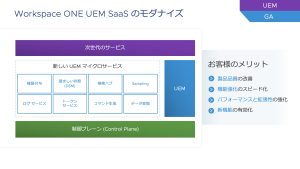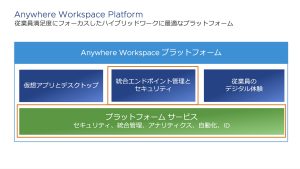
Enterprises of all sizes are under constant threat of damages caused by unauthorized access to their networks and infrastructure.
Today’s sophisticated attacks continue to evolve and can run within complex, multi-cloud infrastructures and maximize their attack surfaces. Vigilance and best practices are the first defense to creating a more resilient environment.
Watch this session to learn how to evaluate your current security state, define your future-state cybersecurity strategy and harden your VMware environment.
Don’t have time to watch the full session? Here’s a rundown of key takeaways:
1. Evaluate your current security state: It is crucial to assess your current security posture to identify any gaps or vulnerabilities. This assessment should include evaluating threats, vulnerabilities, risks, compliance requirements, and the effectiveness of existing security controls. The suggested frequency for this assessment is once every two years or when major architecture changes occur.
2. Define your future-state cybersecurity strategy: After evaluating your current security state, it is important to define your future-state cybersecurity strategy. This involves identifying the gaps in your current security posture and developing recommendations for remediation and mitigation. The outcome of this process should be an action plan to achieve your target state and ensure compliance with regulations and standards.
3. Harden your VMware environment: Implementing security best practices is essential for hardening your VMware environment. This includes disabling unnecessary services, applying security patches, configuring firewalls, and implementing encryption. By following these best practices, you can improve access controls, strengthen network security, reduce attack surfaces, ensure better performance, and simplify compliance.
4. Assessment outcomes include a plan to reach your target state: The assessment process should result in a plan to reach your target state. This plan should include recommendations for remediation and mitigation, as well as a roadmap to address any identified gaps. By following this plan, you can improve your overall security posture and ensure compliance with regulations and industry best practices.
5. Security assessments must cover the entire IT ecosystem: When conducting security assessments, it is important to cover the entire IT ecosystem. This includes evaluating infrastructure security, virtual machine security, application security, compliance, disaster recovery and business continuity, and governance, risk, and compliance (GRC). By evaluating these areas, you can ensure that your entire IT infrastructure is secure and resilient.
6. VMware provides resources for hardening your infrastructure: VMware offers a range of resources to help you with the hardening process. These resources include hardening guides, compliance kits, secure technical implementation guides, product audit and applicability guides, VMware firewall ports and protocols, and security advisories. These resources provide prescriptive guidance, implementation guides, and up-to-date information on security best practices.
—
Want more VMware Explore? Dive into our full video library for unlimited learning at your own pace. And learn more about VMware security hardening guidelines.
The post Best Practices for Hardening Your VMware Infrastructure appeared first on VMware Explore Blog.





















